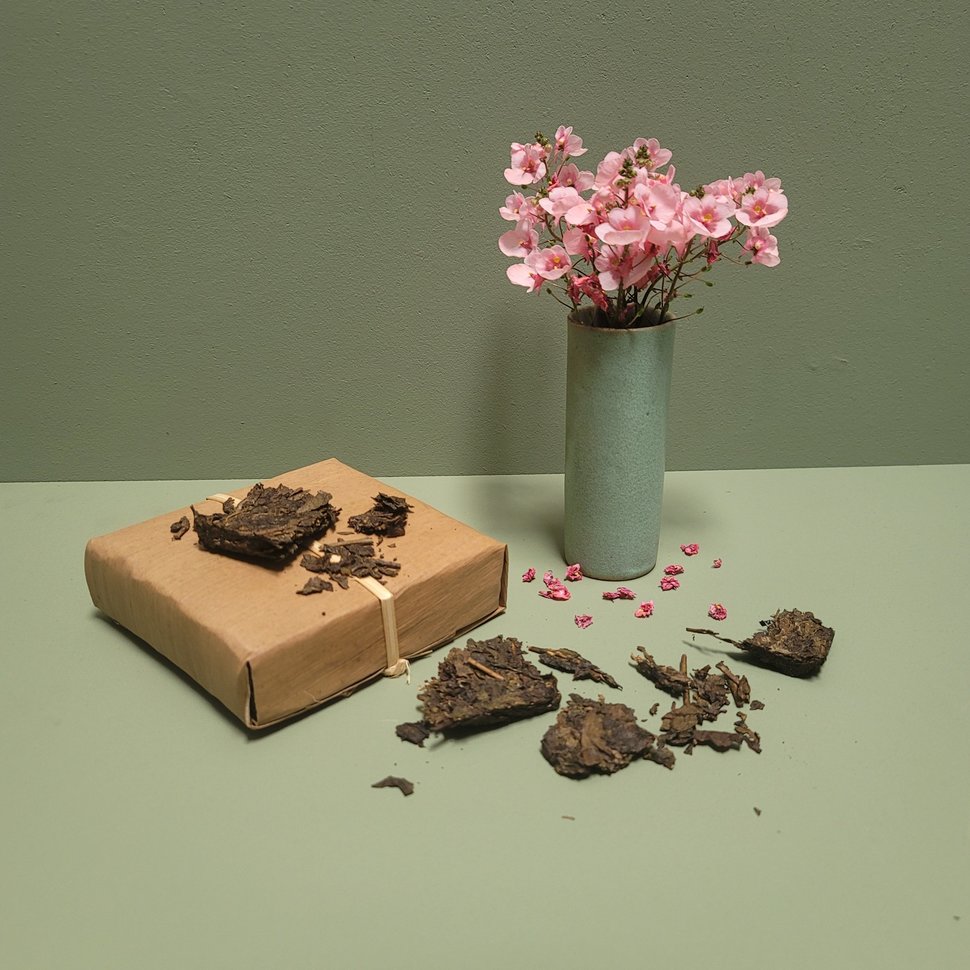Login
Log in if you have an account
Please note: If your account was stored on our previous platform, you will need to re-register. We apologize for the inconvenience.
Dont have an account? Register
Pu-erh, The Ancient Drink for the Modern World

Cultivated exclusively in Yunnan, China, Pu-erh tea (普洱) is one of the oldest types of tea in the world. For over 1700 years, the ethnic minorities of Yunnan have been cultivating pu-erh in the mountains of Yunnan. Unlike other teas with flavors that can diminish over time, pu-erh has a much longer shelf-life. Just like fine wine, Pu-erh’s flavor and aroma improves over time for many years to come. Because of its unique fermentation process, it has a distinct earthy flavor and can be steeped multiple more times than other types of teas.
The natives of Yunnan traded pu-erh along the ancient tea-horse road with Tibet and other parts of China. In order to preserve tea leaves for such long distant traveling and trading, they had developed ways to compress and compact the tea, and eventually discovered that the flavors of this compressed tea changed and enhanced over time. This gradually led to the key developments of post-fermentation that are essential in making pu-erh tea, and pu-erh tea production techniques evolved. Different varieties and grades of pu-erh tea were developed, ranging from young and fresh to aged and matured, and forming 2 major varieties - Shu (cooked or ripe) and Sheng (raw or green).
Every variety of pu-erh tea is made from the leaves of the Camellia sinensis plant, the same plant used to produce green, black, and oolong teas. And like other teas, good pu-erh tea leaves are hand-harvested, then withered and rolled. It is this next step, post-fermentation, that is most critical in making and creating varieties of pu-erh.
During post-fermentation, Shu pu-erh tea (cooked) undergoes a process of accelerated fermentation that involves piling up the tea leaves in a warm and humid environment and adding moisture to stimulate microbial activity. This process is called wo dui (渥堆), and it can take several weeks or months to complete. The resulting tea is dark, rich, and earthy, with a smooth and mellow flavor. Shu pu-erh tea is usually ready to drink immediately after production and does not require aging.
2012 Imperial Bulang Tuocha - Bulang Shan 布朗山
The flavor is rich, the texture lush - a smooth consistency finishing with a sweet, earthy aftertaste.
2013 Big Snow Mountain Lincang, Da Xue Shan 大雪山
This smooth, well-balanced tea is deeply earthy and subtly sweet.
Sheng (raw) pu-erh tea, on the other hand, undergoes a natural fermentation process that occurs over time as the tea ages. The tea leaves are piled up and left to ferment in a cool and dry environment, and the process can take years or even decades to complete. During this time, tea is made into compressed cakes or loose leaf form as it undergoes a slow fermentation process that gives it a light, floral, and slightly astringent flavor. The tea should be stored in a cool, dry place and allowed to mature. Some pu-erh teas are aged for several years or even decades to develop a richer, more complex flavor.
2015 Ancient Tree Lao Man Er Sheng - Bulang Shan in Menghai
This Teance commissioned tea was made by the indigenous tribal peoples of Yunnan, who foraged these leaves from 300+ year old trees in the unadulterated forests.
Still considered a young pu-erh, its powerful first impression and lasting texture yields increasingly complex and sweet flavors, while its aging evolves a smoothness over the coming years. As rare collectors’ items, this pu-erh is destined for long term aging and will appreciate in value over time.
While each variety of pu-erh has distinct earthy flavors of its own, its fermentation process also optimizes the perfect conditions for microbial and enzymatic activity, generating its many health benefits.
- Digestive health: Pu-erh tea is believed to aid in digestion and alleviate gastrointestinal issues such as bloating, constipation, and nausea. It is also thought to help regulate bowel movements and improve the absorption of nutrients in the digestive tract.
- Cholesterol management: Pu-erh tea may help lower cholesterol levels by reducing the amount of “bad” cholesterol (LDL) in the bloodstream. This effect may be due to the presence of certain compounds in the tea, such as polyphenols and theaflavins.
- Weight management: Some studies have suggested that pu-erh tea may help with weight management by increasing metabolism and reducing the accumulation of fat cells. However, more research is needed to confirm these effects.
- Antioxidant properties: Pu-erh tea contains high levels of antioxidants, which help to neutralize free radicals in the body and protect cells from oxidative damage. This may help reduce the risk of chronic diseases such as cancer, heart disease, and Alzheimer's disease.
- Stress relief: Pu-erh tea has a calming effect on the nervous system, which may help reduce stress and anxiety levels. This effect may be due to the presence of an amino acid called theanine, which promotes relaxation and improves mood.
To maximize pu-erh’s health benefits and flavors, the tea requires careful storage, as its environment can alter the flavor of the tea. Depending on the humidity and temperature, pu-erh tea is easily influenced by the environment and can even absorb the odor within its surroundings. The same batch of pu-erh may taste different due to the area where it was stored.
Today, pu-erh tea is still primarily produced in Yunnan, but it has taken on a whole new level of appreciation around the world. Some designer pu-erh cakes are displayed as works of art while a few are considered as heirlooms valued over a million dollars. For most of us tea enthusiasts, its unique taste and health benefits are what bring us back to this earthly liquor, again and again.



